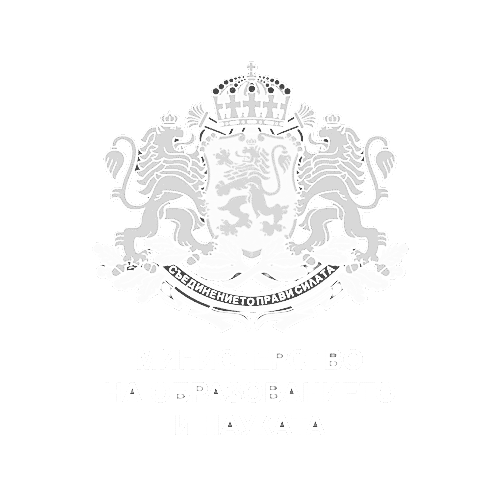| Course provider | Faunhofer |
|---|---|
| Duration | December 8-10, 2020 |
| Location | Hannover, Germany |
About
This training course will introduce the participants to three different in-silico approaches for estimation of human health toxicological endpoints, namely QSAR models, read-across, and the TTC (threshold of toxicological concern) concept.
The application of in-silico approaches in ecotoxicology will not be addressed in this course.
QSAR
The course will include demonstrations and explanations of currently available predictive toxicology models such as Derek, CAESAR, TOPKAT, Toxtree and modules available in the OECD QSAR Application Toolbox. Users will learn the difference between statistical models and models based on structural alerts. Strengths and weaknesses of individual modeling approaches will be explained. Model applicability domain and quality issues related to predictions of specific substances (or classes of substances) will be made intuitively understandable. Sampling the underlying databases, looking for toxicologically relevant analogues and subsequently validating a model for a specific type of substances will be illustrated using the OECD QSAR Application Toolbox.
A focus will be on the interpretation of results and their reliability, whereas the application of different QSAR models will not be a focus of this training.
Read-across
Read-across, the general principles of similarity, and the different steps of the evaluation will be explained. Recent guidance documents such as the RAAF (ECHA 2015) will be taken into account. Based on read-across examples, participants will learn about the difficulties in the definition of source compounds and the assessment of uncertainty. New concepts such as the support of read-across by in-vitro or in-silico approaches will be outlined showing examples e.g. from the EU-ToxRisk project.
Threshold of toxicological concern (TTC)
Finally, the TTC concept will be explained: its use and limitations in the absence of experimental data. Special attention will be given to frequent application errors such as the consideration of exclusion criteria, application to infants etc. The recently developed EFSA guidance will be used for the training.
Organisational details
This module course consists of four half-day sessions, each a mixture of lectures, discussion and practical (hands-on) sessions. Participants will get an overview of the possibilities of reproducing/validating model predictions provided in dossiers in order to evaluate their usefulness for risk and hazard assessment. Hands-on exercises on cases dealing with prioritisation of potentially carcinogenic substances (both genotoxic and non-genotoxic) and TTC (threshold of toxicological concern) concepts will give participants a clear idea of the possibilities and difficulties of applying predictive toxicology methods.
During the training, participants will use their own laptop/desktop computer with the OECD QSAR Toolbox and Toxtree software installed in advance, and some of the hands-on examples will make use of this software.

